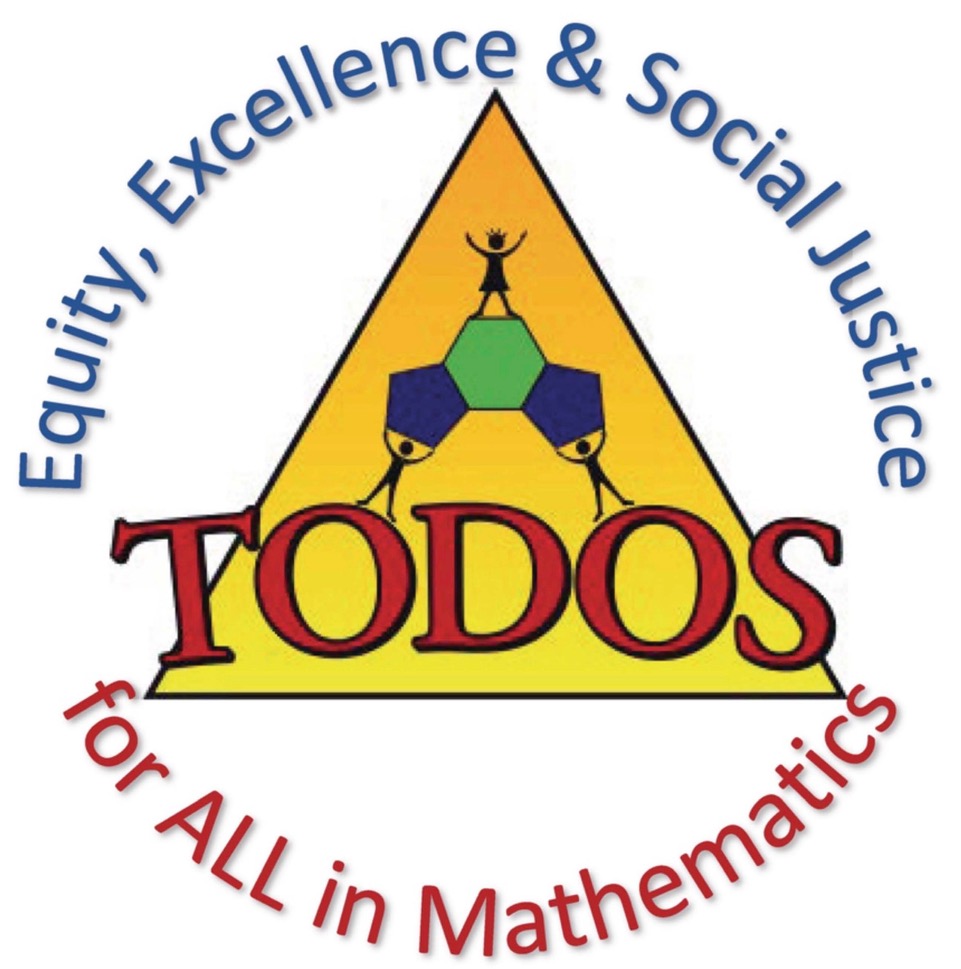Ethnomathematics: Mathematics de TODOS
Carlos LópezLeiva, Kyndall Brown, and Silvia Llamas-Flores
Mathematics and daily life activities are connected. For many cultures and societies mathematics is not an isolated field or subject, it is part of an encompassing knowledge or science that helps us understand and work with the world (Cajete, 2000). Mathematics is often taught and practiced at school in ways that are rarely linked to the learners’ experiences and interests, their community, their culture, their histories, and real-life applications. However, we have learned in mathematics education that mathematics is a human endeavor (Jacobs, 1970) present across human civilizations and cultural practices such as, playing, locating, measuring, counting, explaining, and designing and building (Bishop, 1988).
Ethnomathematics is a term introduced by Ubiratàn D’Ambrosio (1991) from Brazil to describe the techniques used to explain, understand, and cope with reality in order to survive across diverse communities. Ethno relates to the members of distinct groups identified by cultural traditions, codes, symbols, myths, and specific ways of reasoning and inferring (D’Ambrosio, 1985). So, ethnomathematics refers to the way that members of various cultural groups mathematize their own reality because it examines how both mathematical ideas and practices are processed and used in daily activities (D’Ambrosio and Rosa, 2017, p. 288). In fact, this approach highlights mathematics as a cultural practice existent in human activity and challenges perspectives that present mathematics mainly as a Western—Roman, Greek—knowledge commonly taught at school. An ethnomathematical approach helps us understand mathematics from a perspective wider than traditional school mathematics, of seeing mathematics as a human act. As a result, such vision can helps renovate how we teach mathematics (Lange,1996; Rosa & D’Ambrosio, 2018).
In mathematics teaching, this approach helps us expand, affirm and redistribute mathematical authorship and empowerment; draw from and expand resources to teach and learn mathematics; recognize and challenge spaces of marginality of knowledges of many communities; and strengthen the relationship between learners and mathematics (Aguirre, Mayfield-Ingram, & Martin, 2013; Kokka, 2015). Such an approach should “perpetuate and foster—to sustain—linguistic, literate, and cultural pluralism that are part of schools” (Paris, 2012, p. 93). Thus, when students and teachers use the real world as a starting point for conceptual development, mathematics teaching and learning become more complex (De Lange, 1996) as they also become doers of mathematics (NCTM, 2000) by engaging in problem solving, multi-modal representations, and communication to develop mathematical meaning making and mathematize through their own perspectives (CCSS-M, 2010; Freudenthal, 1973).
2. What has been learned and done in ethnomathematics?
3. What can be done in the classroom?
We hope you enjoy it, and if you experience some of these or new ideas in your classroom, please share with us here, so more teachers and researchers can learn about what of ethnomathematical approaches can be implemented in the mathematics classroom.
How Is Ethnomathematics Relevant and Critical?
Ethnomathematics presents implications for classroom teachers by asking us to re-examine our beliefs and practices about what counts as legitimate mathematics, how mathematical concepts are to be taught, and how to assess children’s knowledge of mathematics. With these ideas in mind, let’s listen to a conversation between Ubiratàn D’Ambrosio and Paulo Freire as they discuss the relevance of ethnomathematics by its connection with the community thus mediating a culturally-responsive approach of teaching mathematics.
What Has Been Learned and Done in Ethnomathematics?


